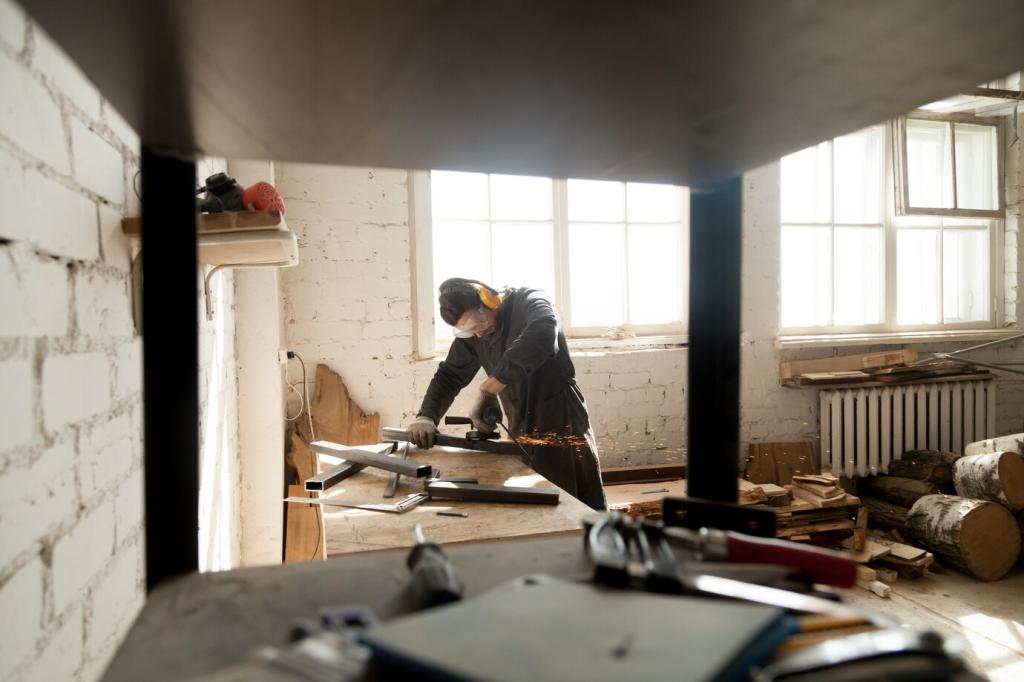Drying, Curing, and a Thoughtful Clean-Up
Respect label guidance for recoat windows—often two to four hours for latex. Humidity slows dry time, so keep air moving. Remember, paint may feel dry yet still be curing; avoid scrubbing or hanging heavy frames for about two weeks.
Drying, Curing, and a Thoughtful Clean-Up
Rinse latex paint tools in warm water until clear, using a brush comb near the ferrule. Spin or shake out moisture and reshape bristles. Store covers in plastic if pausing between coats. Proper care extends tool life and preserves smooth finishes.









